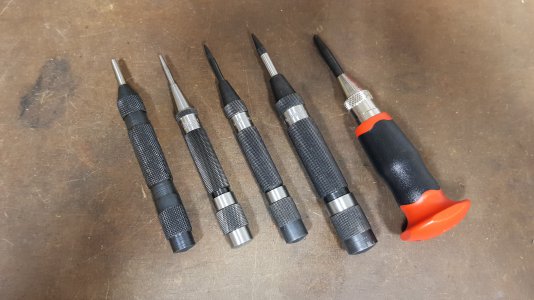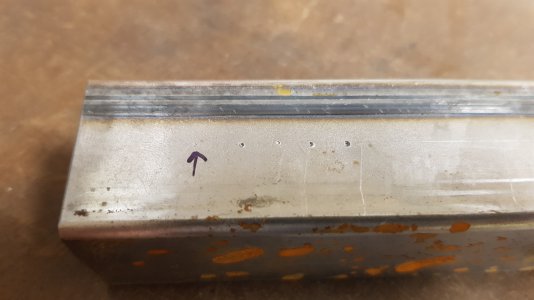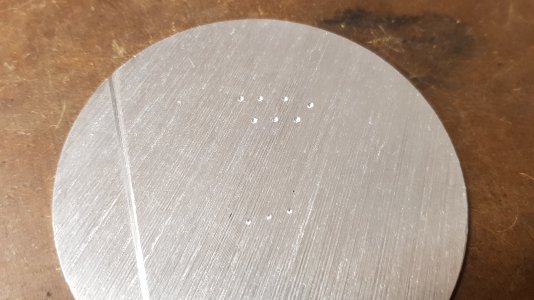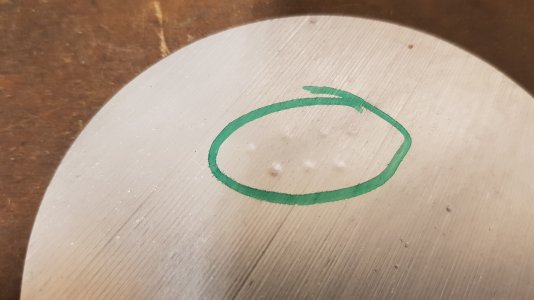- Joined
- Jul 2, 2014
- Messages
- 7,594
Ken, I actually use the standard prick punch lightly to initially locate the hole, and then use that hole to start the 120 degree punch in. The prick punch to mark the location most precisely, followed by the 120 degree punch for locating the following drill. Finish with a boring bar if the hole does not test to being in the correct location, well before the hole reaches full size. This is only for fussy work...Do you find 120 degree punches easy to use Bob? I would imagine it would be harder to see exactly where to make the indentation.





